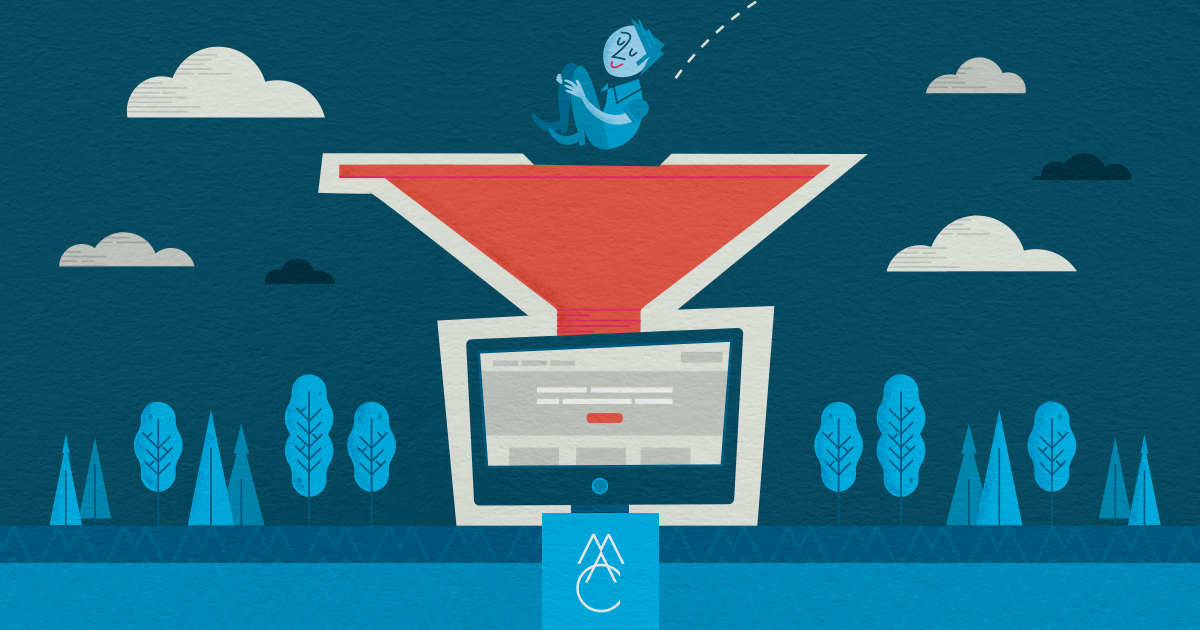
How to match your marketing funnel with web content strategy
In the rare case, a visitor comes to your website and immediately signs up for your service or purchases your product.
In a more typical case, a visitor needs to be courted before they’re ready to commit (or in marketing jargon, “convert”).
A potential customer travels through the marketing funnel, learning more about you, engaging with your content, and determining if they’re going to purchase.
It’s your job to provide the perfect content, at the ideal time, to the right person.
This starts with a complete understanding of who that person is. At the MAC, we peel back the layers on their needs and decision making process through our Discovery method.
Armed with this research, you can accurately match the marketing funnel with your web content strategy, smoothly guiding the prospect to a decision.
This post demonstrates how to align a customer’s journey through the marketing funnel (awareness, consideration, action) with user-friendly web design and captivating content. We’ve also thrown in examples of content types to demonstrate how to implement this approach.
How the marketing funnel and web content strategy align
A lead generating website guides visitors through a specific set of pages, tied to a three-tiered funnel, leading to a desired set of outcomes.
For those of you who are visual learners, here is a helpful graphic:
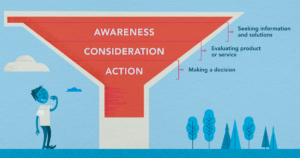
Conversion factors
Before we dive further into the funnel layers, it’s a good idea to get a grasp on what leads a visitor to convert. Key conversion factors include the website’s usability, the site’s relevance to visitors, and the ease of navigation. These are supported by content quality, reader-friendly formatting, clear calls-to-action, and simple conversion forms.
Your goal is to keep the visitor’s attention and motivate them to take the desired action. If they have to dig for an answer, they will likely move on to a different option.
Content creation
Once you have your conversion factors squared away, you can fill in the marketing funnel with compelling content.
Create content to answer questions and concerns that arise at different stages of the decision making/buying process. More on this to come.
You may need to create different funnels for different target audiences or conversion goals. For example, a completed inquiry form or an actual purchase could be two types of conversions on the same website.
Additionally, the types of content you share and where it belongs in the funnel typically shifts depending on your industry and if you’re targeting businesses or consumers.
Are you starting to get the sense that this is a fluid practice? Well, you’d be spot on. It’s a choose-your-own-adventure approach, guided by your audience’s preferences.
Some examples to help clarify:
Top-of-funnel: Awareness
The awareness phase is where you build the connection between your brand and the topic. Your target audience has a problem and is searching for answers. You want to direct their attention to your solutions.
Content types for the top-of-the-funnel:
- Write blog posts and guests posts integrating keyphrases. Share this content on your social networks and think about how it could be transformed for different channels.
- Shareworthy and visually engaging content work well in this phase. Create content people want to share by integrating a psychological appeal.
- Remember, different types of content should be created for different target audiences.
We took this approach with PainWise, a public awareness campaign addressing the opioid epidemic.
For the first phase of a digital marketing campaign, different messaging and imagery were used for specific audience segments. The goal here was to purely drive awareness. Clicks to the site were an added bonus and the goal of the second (consideration) phase.
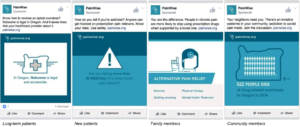
Above: Samples of PainWise Facebook ads for specific audience segments.
REI has mastered funnel-driven content. To plug into people’s needs, they’ve produced a series of short how-to videos. These videos nudge someone closer to purchasing from them when adventure calls.
Middle-of-funnel: Consideration
If a person has entered the middle-of-the-funnel, you’ve successfully captured their attention. The consideration phase is where you educate and engage. This is also where you typically build subscribers and followers.
Content types for the middle-of-the-funnel:
- Compose detailed posts and pages demonstrating your expertise, leaving visitors wanting more. Gated webinars and informational guides work well here.
- Collaborate and partner with people and organizations that your audience already trusts. This builds your own trustworthiness and relevance.
- Be real and unforgettable. Your “About Us” page should have pictures of actual humans. Your brand voice needs to ring loud and clear in your writing. When someone comments, respond.
Havenly, an online interior design service, prompts visitors to take a style quiz. To view the results, the visitor completes a simple contact form with the option of booking a consultation with an interior designer.
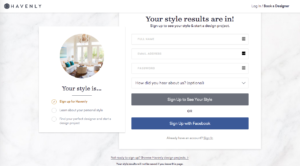
Above: Havenly invites visitors to sign up to view their interior decor style.
Another example comes from Willamette Community Bank, one of our clients here at the MAC. Each product page includes a short contact form. Visitors are then contacted by a loan specialist with the intent of moving leads down the funnel.
Bottom-of-funnel: Action
At the action phase, leads are compelled to make a purchase decision, converting them to customers. Continuing to build trust and providing the right content can greatly impact your conversion rate.
Content types for the bottom-of-the-funnel:
- Demonstrate your brand values (what you do and why you do it) and the value of your services (testimonials).
- Create content that zones in on common questions and concerns through ebooks and case studies.
- Provide demos and trial offers.
- Ensure your website is guiding the visitor to pages and posts that inch them down the funnel. Are your posts linking to the correct service or product pages? Are there appropriate calls-to-action throughout the site?
Sprout Social takes a 30-day free trial approach. Teams have the opportunity to test out the social media management software, before taking the plunge.

Above: Sprout Social offers visitors a 30-day free trial before committing to a paid subscription.
Use content to improve conversions
With an in depth understanding of your audience and industry appropriate marketing funnel, you can accurately align your web content strategy to the customer journey.
To match the marketing funnel with your web content strategy:
- Understand and define your audience personas.
- Sketch out funnels based on your industry and audience behavior.
- Create captivating content and calls-to-action for each phase of the marketing funnel.
Fine-tune this approach and you’ll improve your customer relationships and conversions.
This article is also published on Medium.
More Resources
-
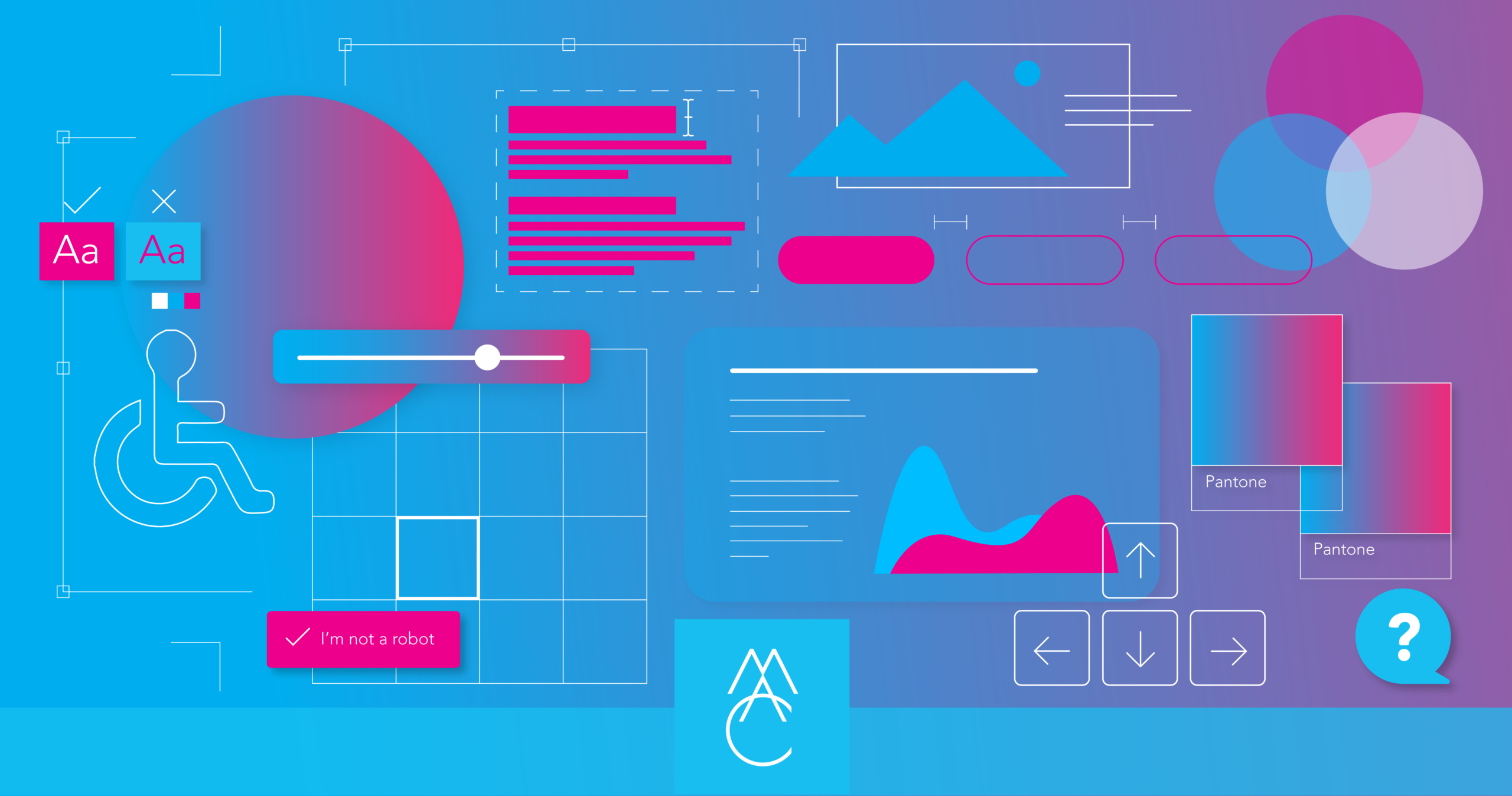
Article
WCAG 2.2 Guidelines - What's NewThe Web Content Accessibility Guidelines (WCAG) exist to help web developers and the organizations they serve to be as inclusive...
-

Article
Creating a Gen Z-Friendly College Experience (and Website)Generation “Z”, born between 1997 and 2012, spent their formative years with a world of information at their fingertips. As...
-
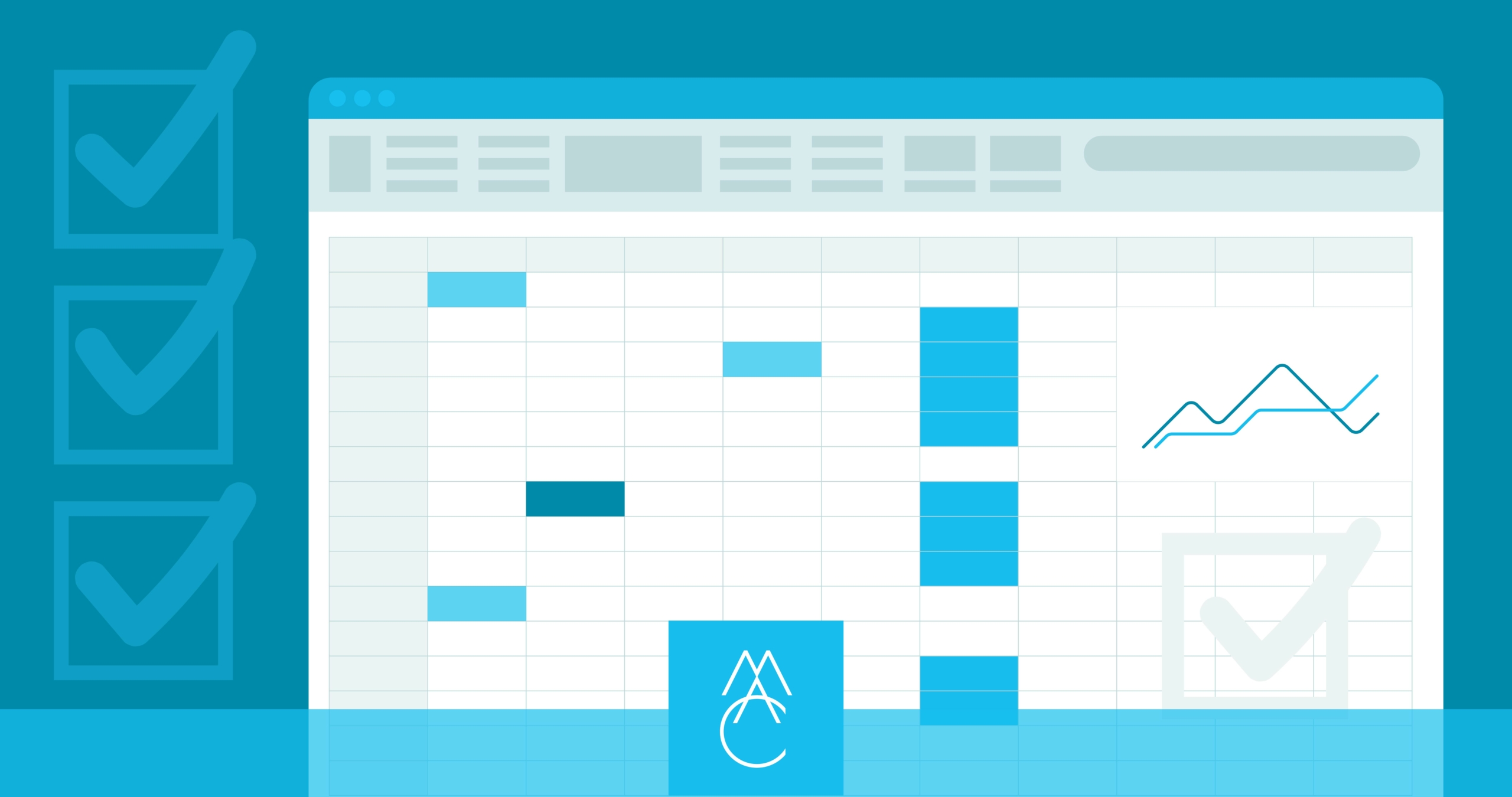
Worksheet
How to track success on your website projectDetermine your metrics, track, and analyze throughout the project with this useful worksheet template.




